Singapore’s retail market continues to endure its most difficult period in living memory as the city tries to deal with the COVID-19 pandemic. The tremors from the crisis are likely to be felt by mall owners for a while yet. But with every crisis comes opportunity.
Our analysis of the retail market highlights 10 key strategies that will help malls navigate this turbulent period and come out the other end stronger than ever. These strategies include:
1. STAY THE COURSE FOR THE LONG TERM. It’s easy to get lost in the short-term impact of the pandemic, but quality retail is a long-term play. Now is the time to make sure you have solid long-term foundations.
2. ADD MORE STRINGS TO THE BOW. There is a lot of uncertainty about what retail will look like in three years, and there will certainly be some changes. So, look at ways of expanding your offering to give shoppers more and varied reasons to visit, including both retail and non-retail uses, as well as placemaking elements.
3. DOUBLE DOWN ON DRIVERS OF FOOTFALL. While the economy is weak, spend per shopper is likely to be low, especially if shoppers remain nervous about COVID-19. Prioritise initiatives that improve your footfall to offset the lower spend per visitor.
4. LOCALISE. Now, more than ever, it’s crucial to own your local market. Understand their wants and needs, and ensure your mall connects with them at a local level. Yours is not just another mall, it’s their mall.
5. ENHANCE OMNICHANNEL STRATEGY. E-commerce is not going away, so why not embrace it? Mall owners in Singapore can play a central role in the logistics of getting goods to residents, confirming their commercial relevance into the future.
6. COMMUNITY FIRST, CONSUMPTION TO FOLLOW. While shoppers struggle with lower incomes or unemployment, malls should position themselves as not just shopping centres but town centres: places to go for reasons other than consumption.
Building visitation and loyalty leads to spending.
7. DESIGN FOR HEALTH AND WELL-BEING. Shoppers were already becoming more aware of their health and well-being, but COVID-19 is likely to accelerate this trend. Providing health and wellness services gives residents another reason to visit, creating places and spaces that promote a sense of well-being that will likely be favoured over other destinations.
8. NEW MEASURES TO VALUE THE STORE. Stop thinking just about rent, and start thinking about sales, passing footfall, warehousing value and local online sales. Don’t be afraid of alternative valuation metrics. Turn the retailer-landlord relationship on its head and embrace the partnership.
9. PLAN FOR THE NEXT WAVE OF ANCHORS. Through this pandemic experience, retailers are likely to change even more than their customers. Many will have increased their online presence, and some will do so permanently. Others may close shops, or even cease to exist. Now is the time to think about what will anchor your mall in the future.
10. GET THE BALANCE RIGHT BETWEEN FUNCTIONAL AND EXPERIENTIAL VISITS. Plenty of emphasis – sometimes too much – is placed on making malls ‘experiential’. Most shopping trips remain functional, and in the fight against e-commerce and the mall up the road, functionality remains a key battleground. Getting this balance right is critical.
If shopping centres can achieve all of this, they will be very well placed for the future. Want to know more? Click HERE to read our full analysis or speak to our team today.
